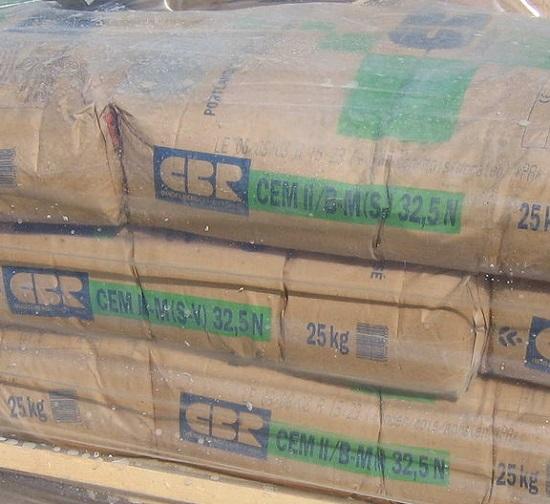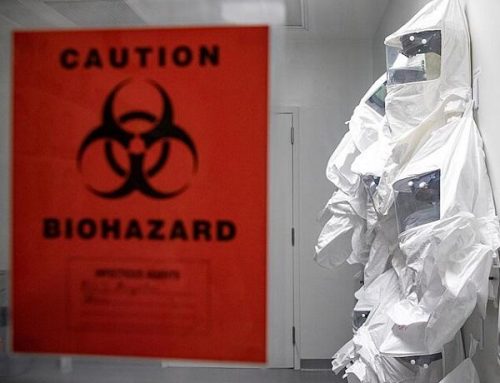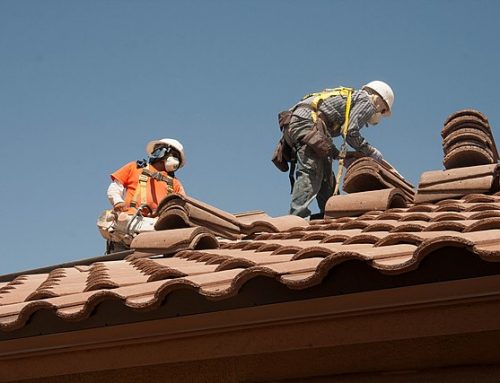Working with Portland cement, a ubiquitous construction material, poses significant risks of skin problems for employees. Cement’s caustic and abrasive wet properties can cause severe chemical burns, dermatitis, and sensitization. Understanding how to mitigate these risks is crucial for healthy workplaces.
What is Portland Cement?
Portland cement is an adhesive compound and common ingredient in concrete, mortar, plaster and grout. When mixed with water, it hardens into an extremely strong building material. “Wet” cement means the mixed combination of Portland cement and water. In this state before drying, it can severely damage skin on contact.
Scope of the Issue
Any construction worker handling wet cement is vulnerable to associated skin hazards. Jobs regularly exposed include cement masons, bricklayers, concrete finishers, construction laborers, plasterers and more. Both irritant contact dermatitis from cement’s inherent abrasiveness and alkaline burns are common. Additionally, hexavalent chromium traces in cement can cause allergic reactions in sensitized workers, eliciting severe responses to tiny exposures. Good precautions are essential, as cement burns especially can stealthily inflict damage before pain alerts workers.
OSHA Standards
Several OSHA construction, general industry and shipyard standards obligate employers to protect against cement skin exposures. Key requirements include:
Personal Protective Equipment (PPE): Water-resistant gloves, boots, kneepads, protective clothing, etc. must be provided and maintained in working order.
Sanitation: Accessible, clean water and pH-neutral soap for washing.
Hazard Communication: Portland cement hazards must be covered in employer safety training and concrete Safety Data Sheets (SDS) available.
Recordkeeping: Work-related skin issues from cement exposure must be recorded.
Permissible Exposure Limit (PEL): Cement dust inhalation is limited to 15 mg per cubic meter over an 8 hour shift. This also sufficiently controls the cement’s trace chromium.
Recommended Skin Exposure Prevention Practices
There are many small but vital measures that can drastically reduce cement skin problems.
Gloves and Clothing Considerations
- Use proper gloves for wet cement; usually rubber or nitrile. Ill-fitting gloves increase risk.
- Long sleeves/pants tucked into gloves/boots form a protective barrier.
- Waterproof boots, kneepads and heavy duty construction clothing add protection.
- Never use barrier creams or moisturizers before cement work, as they seal in contamination.
Care and Maintenance Matters
- Wash hands thoroughly before and after gloves. Change compromised PPE mid-shift.
- Clean reusable gear appropriately after exposure, following manufactures’ guidelines.
- Discard grossly contaminated or defective PPE that cannot be restored to safe functionality.
Essential Skin Care and Work Practices
- Always wash wet cement from skin immediately with pH-neutral or mildly acidic soap and water. Consider follow-up buffered vinegar baths to fully neutralize residues.
- Avoid wearing jewelry that can trap caustics against skin.
- Never use petroleum jellies or thick moisturizing products on affected skin, as these seal in cement and irritants. Seek medical evaluation of any skin abnormalities that develop.
The Outlook Going Forward
Additives such as slag and Ferrous Sulfate show promise to one day reduce traces of hexavalent chromium in cement. But currently, following the stringent handling, maintenance and washing precautions outlined above remains the only evidence-based way to avoid acute and chronic skin damage from exposure. Compliance with PPE, hygiene facility, hazard training, and safe handling procedure requirements promulgated in OSHA standards provides workers’ best protection against the dangers inherent to Portland cement.










